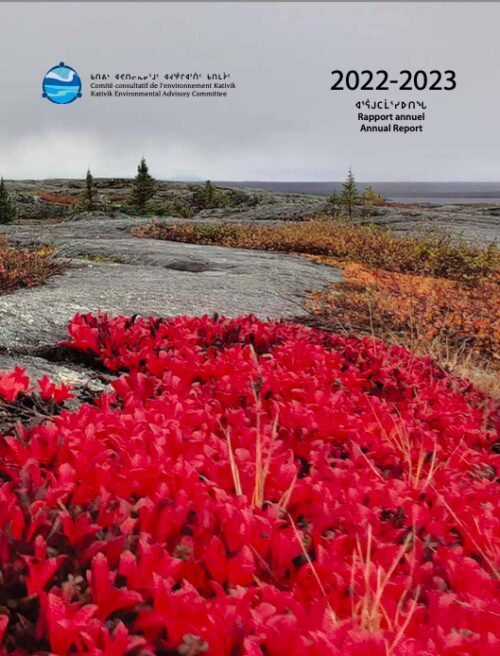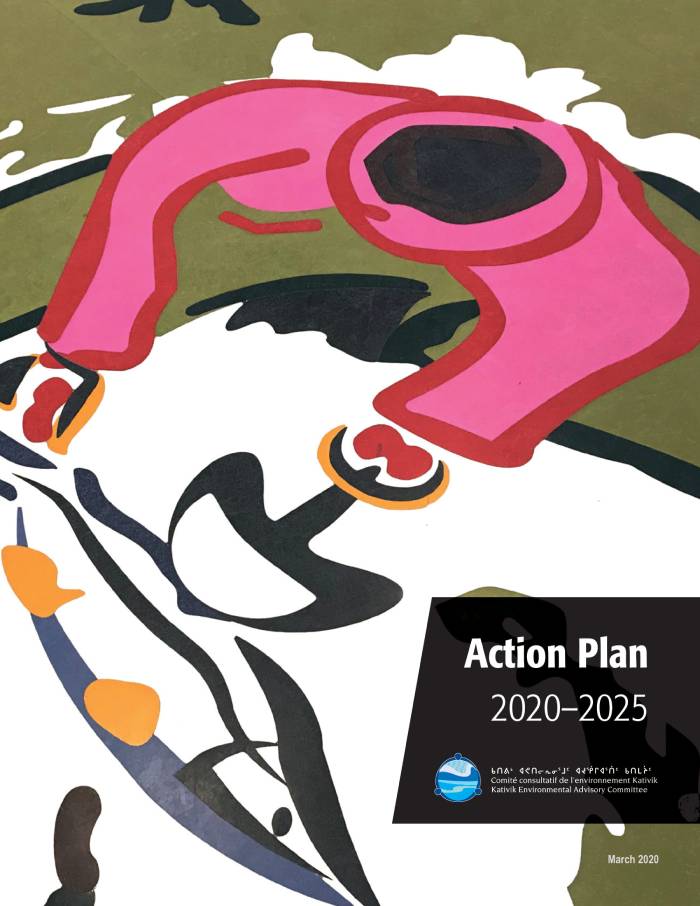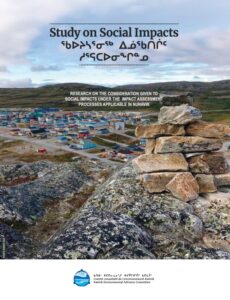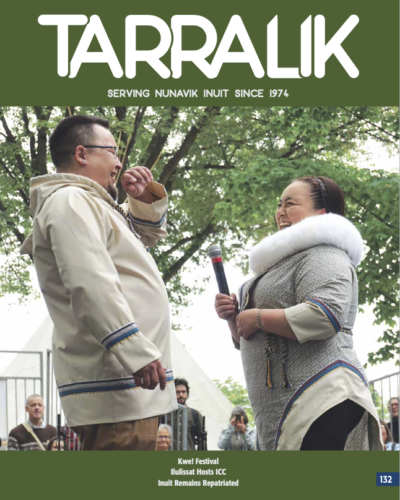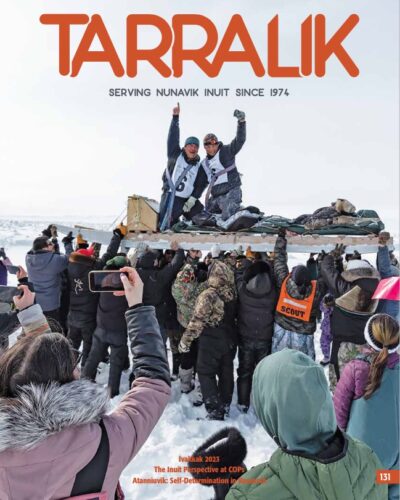ABOUT THE KEAC
The mandate of the Kativik Environmental Advisory Committee (KEAC) is to examine and oversee administration and management of the environmental and social protection regime established under Section 23 of the JBNQA. It is the preferential and official forum for the governments of Canada and Québec, the Kativik Regional Government, the northern villages and, when applicable, the Naskapi Nation of Kawawachikamach, regarding laws and regulations related to the environmental and social protection regime for the territory covered under the JBNQA north of the 55th parallel. One of the KEAC’s key roles is to oversee the environmental and social impact assessment and review procedures and, as required, to make recommendations to improve them. Finally, the KEAC ensures that all laws, policies and regulations applicable in the region are compatible with the provisions of Section 23 of the JBNQA.
NEWS
Impact Assessment in Nunavik Seminar, November 2023
In 2020, representatives from the KEAC, Makivvik, and the Naskapi Nation of Kawawachikamach formed a working group to analyze the 2019 federal Impact Assessment Act and its implications for the Nunavik region. After comparing the treaty processes as well as conducting interviews with review boards to identify potential implications of the federal legislation, the working group examined the different options available to adapt this process to the region. In their April 2022 report, the working group identified three preferred implementation options for Nunavik. Cooperation and coordination agreements are recommended as a short to medium-term strategy due to their flexible nature and ability to establish collaborative mechanisms before the next development project is undertaken in the region. Non-application of the Act is recommended as a more long-term approach.
This legislative analysis was also an opportunity to address the issue of multiplication of environmental and social impact assessment (IA) processes applicable within Nunavik. Therefore, to learn from past attempts to streamline IA processes to benefit Inuit and First Nations and continue to build on the path to harmonization, the working group recently developed a two-year Action Plan (2023-2025) and hosting an IA harmonization seminar was one of the defined activities. As such, a seminar was held on November 8-9, 2023 and gathered IA review boards, administrators, permitting agencies and regional representatives with the objective to:
- raise awareness of the IA framework in Nunavik and its overlap areas;
- establish a line of communication for relationship building; and
- discuss and brainstorm ideas as to why and how to better harmonize IA processes.
A report outlining the outcome of the seminar and potential next steps coming soon!
Study on Social Impacts, March 2023
In 2017, the KEAC initiated an examination of the social impact assessment practices applied to development projects subject to any of the four environmental assessment processes applicable in Nunavik. The goal was to produce a comparative review of the scope of these practices under the processes, to identify the strengths and weaknesses of each process, and to prepare recommendations for authorities responsible for the application and implementation of the processes. To this end, the KEAC commissioned the Secrétariat international francophone pour l’évaluation environnementale (international francophone secretariat for environmental assessment, SIFÉE) to study how social impact assessment is carried out under the four environmental assessment processes applicable in Nunavik. This project lead to the creation of three documents: the full study, an easy-to-read summary and a presentation. Note that the results, recommendations and analyses contained in the current document are the author’s own work and not official KEAC recommendations.
For more information regarding impact assessment in Nunavik, click here.
